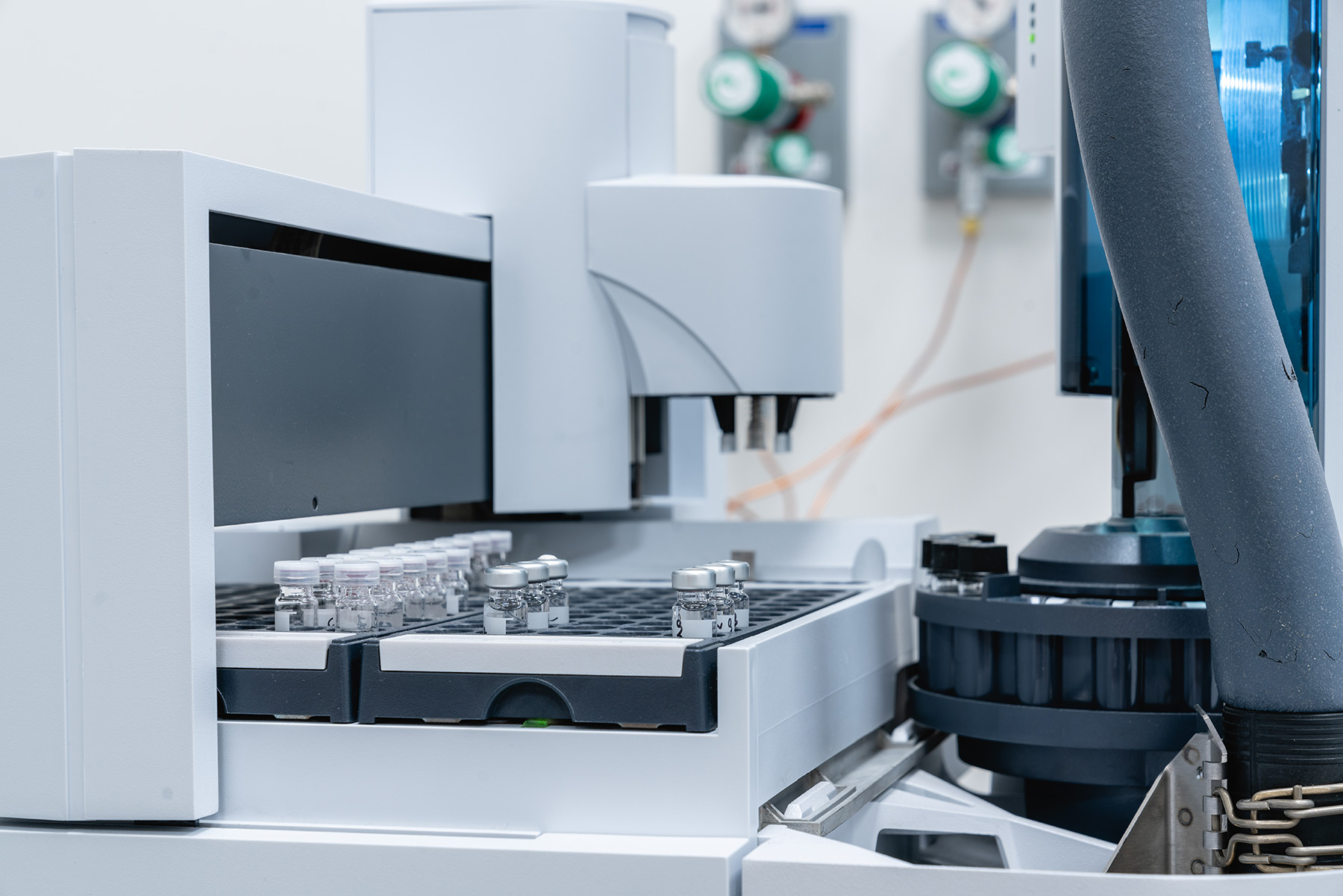Kymos provides GMP-certified Orally Inhaled and Nasal Drug Products (OINDPs) testing for a broad range of delivery devices encompassing inhalers (pressurized metered dose inhaler testing, dry powder inhaler testing, aqueous droplet size distribution analysis), nebulizers (jet, ultrasonic, vibrating mesh) and nasal (aqueous based, dry powder, propellant-based).
This service targets OINDP manufacturers interested in determining drug amount and/or aerodynamic distribution of the OINDPs upon delivery by the device: two of the critical quality attributes (CQA) of these products.
With our extensive experience, we can provide services to various profiles:
- OINDP manufacturers requiring regulatory-compliant quality control testing.
- Pharmaceutical companies developing inhaled or nasal drug formulations.
- R&D teams optimizing drug amount and aerodynamic distribution of OINDPs.

Our OINDPs Testing Services
Our Methodology
Our expert OINDPs team is equipped with two multistage, full-resolution cascade impactors, an Andersen Cascade Impactor and a New Generation Impactor (Copley Scientific) commonly used to size-fractionate a sample based on particle inertia and therefore able to measure particle-size distribution of the API rather than of the complete formulation.
Our top-of-the-line cascade impactors can separate samples into 7-8 discrete size fractions which are then analyzed by HPLC to accurately determine the amount of API at each stage. The combination of these techniques acts as an in vitro indicator of delivery efficiency, allowing us to characterize inhalation and nasal products in accordance with regulatory standards.

Why Choose KYMOS?
Services
Related services to Orally Inhaled and Nasal Drug Products (OINDPs) Testing
Contact




